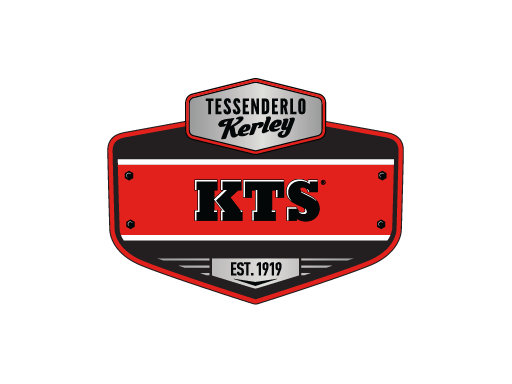
Nitrogen and Sulfur Management in Cotton
Roles of Nitrogen and Sulfur in Cotton
Nitrogen and sulfur are both essential to producing quality cotton fiber and high yields. However, they have something else in common, they are mobile in the soil and are subject to leaching out of the rooting zone. Managing these key nutrients can be a challenge and are often complicated by weather and soil type.
Here we will briefly discuss these factors and what innovative steps can be taken to maximize nutrient uptake, ensuring your cotton crop has the nutrient needed for a successful season.
Why are Nitrogen and Sulfur Prone to Leaching?
We will start by discussing soil and weather-related factors and how they can influence nutrient loss and availability. Cotton is grown throughout the southern United States in different soil types and environmental conditions. According to the USDA, Texas, Georgia, and Arkansas are the top producing states, all representing distinctive regions and challenges for the grower. While each region is distinct, nutrient leaching is common through much of the cotton growing region. Heavy, unpredictable rain events can move nutrients through the soil profile and out of the reach of roots. Farmers do an excellent job of reducing this by using split applications and precision rate controls. Reducing nutrient losses is important both for protecting the environment and to ensure economic returns on the crop.
So, what is it about nitrogen and sulfur that allow them to be leached out of the soil? This comes down to chemistry. Soil has the capacity to hold nutrients, especially the ones with positive charges. Unfortunately, not all crop nutrients are positively charged. Nitrogen and sulfur both have negatively charged forms that are subject to leaching. Sulfur is taken up by plants primarily in the negatively charged sulfate (SO42-) form.
How to Protect Your Nitrogen and Sulfur Against Leaching?
Research has shown that applications of sulfur are best made in conjunction with nitrogen fertilizers and managed similarly in the soil. This is due to the role that sulfur plays in nitrogen metabolism in the plant as well as benefiting from split applications common with nitrogen applications. This is often accomplished by applying Thio-Sul® (12-0-0-26s) or KTS® (0-0-25-17s) with a nitrogen solution such as UAN32%, ammonium nitrate solution or a slow-release N source such as N-Sure (28-0-0).
Unlike sulfur, plants take up nitrogen in two forms, ammonium (NH4+ ) and nitrate (NO3- ). Over time, ammonium-N is converted into nitrate-N and can be lost through leaching. One way to combat this is by using a product that can slow this process and keep nitrogen in the rootzone. When applied in a concentrated/banded application, thiosulfate sulfur has been shown to do just that. It slows the nitrification process, protecting the applied nitrogen, all the while providing essential sulfur.
Thio-Sul (12-0-0-26s) and KTS (0-0-25-17s) are two options that can be blended with common nitrogen solutions and used in cotton production. KTS is a great option for those looking for additional potassium while supplying sulfur and protecting their nitrogen, learn more here. The addition of Thio-Sul and KTS to a cotton fertility plan provides blending flexibility based on soil test recommendations in addition to protecting nitrogen and supplying sulfur. Please reach out to your local Crop Vitality agronomist for additional information on blending and use rates.
More about preventing nitrogen loss
What is Thio-Sul?
Thio-Sul is the original ammonium thiosulfate fertilizer that supplies a higher level of sulfur than all other clear liquid fertilizers on the market.
Benefits
- Ammonium thiosulfate (12-0-0-26S)
- Helps improve nitrogen-use efficiency
- Provides quickly available and extended sulfur release
- Can be applied through most irrigation systems

What is KTS?
KTS is a clear, nitrate and chloride-free fertilizer that features the highest liquid potassium and sulfur content available on the market.
Benefits
- A highly efficient chloride and nitrate-free liquid source of potassium and sulfur
- Provides a unique form of sulfur that can improve nitrogen use efficiency
- Blends well with many common liquid fertilizers
- Improves phosphorus and micronutrient availability and uptake by the crop
- Enhances crop resistance to environmental stress
Written by Dr. Zack Ogles, Crop Vitality, Tessenderlo Kerley Manager of Agronomy
Contact a specialist